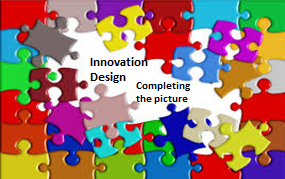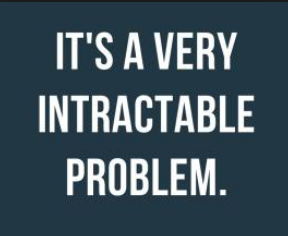 Forget the flowery words; there is a time to deliver. I am trying to take a cold hard look at what and how we report in our organizations and use the business model.
Forget the flowery words; there is a time to deliver. I am trying to take a cold hard look at what and how we report in our organizations and use the business model.
Does it give us the level of detailed understanding to feel confident?
Let me outline some different thoughts, coming from some detailed research that is swirling around in my mind today. It’s a little complicated, but lets try.
I apologize this is a little longer than ideal so maybe take it in bite seized chunks.
Seeing an organizations business model but through whose eyes?
Is the business model important? Of course it is but how we see its value all depends on who are you, what you are looking for, knowing what provides the real value creation within that specific organization becomes important to appreciate their business model.
Understanding the business model of organizations is important, it can tell us much, if it is well designed and explained.
Continue reading “Seeing a business model through whose eyes?”








